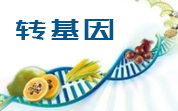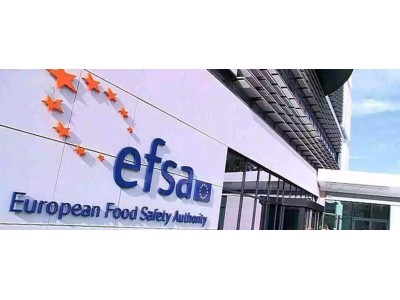
йЈҹе“ҒдјҷдјҙзҪ‘и®Ҝ жҚ®зҫҺеӣҪйЈҹе“Ғе®үе…Ёж–°й—»зҪ‘ж¶ҲжҒҜпјҢ4жңҲ14ж—ҘзҫҺеӣҪе…¬е…ұе»үж”ҝдёӯеҝғпјҲCPIпјүеҸ‘еёғи°ғжҹҘжҠҘе‘ҠжҢҮеҮәпјҢзҫҪжүҮиұҶдјҡеҜјиҮҙиҝҮж•ҸеҸҚеә”пјҢ然иҖҢйЈҹе“Ғж Үзӯҫзјәе°‘иӯҰе‘Ҡж ҮиҜҶгҖӮ
жҠҘйҒ“з§°пјҢз”ұдәҺиҠұз”ҹеұһдәҺзҫҺеӣҪ规е®ҡзҡ„еҝ…йЎ»ејәеҲ¶ж ҮжіЁзҡ„иҮҙж•ҸеҺҹпјҢеӣ жӯӨйЈҹе“ҒдјҒдёҡдҪҝз”ЁзҫҪжүҮиұҶдҪңдёәиҠұз”ҹзҡ„жӣҝд»Је“ҒгҖӮ
然иҖҢж №жҚ®зӣёе…іи§„е®ҡпјҢзҫҪжүҮиұҶеұһдәҺ“дёҖиҲ¬и®Өдёәе®үе…Ё”зҡ„зү©иҙЁпјҢж— йңҖејәеҲ¶ж ҮжіЁеңЁиҝҮж•ҸеҺҹж ҮзӯҫдёӯгҖӮ
йғЁеҲҶеҺҹж–ҮжҠҘйҒ“еҰӮдёӢпјҡ
The Center for Public Integrity пјҲCPIпјү published a lengthy investigative report on Tuesday summarizing the safety concerns associated with GRAS пјҲgenerally recognized as safeпјү food additives, the controversies surrounding how they're determined, and barriers to regulating them.
The report's key illustration of the concerns about GRAS was a peanut-related legume called lupin - sometimes spelled “lupine” - which is relatively new to the U.S. market and frequently used in gluten-free products.
еҺҹж–Үй“ҫжҺҘпјҡhttp://www.foodsafetynews.com/2015/04/investigation-of-gras-highlights-allergy-to-peanut-related-lupin/#.VS363bH9NBE











 ең°еҢәпјҡ
ең°еҢәпјҡ






 йІҒе…¬зҪ‘е®үеӨҮ 37060202000128еҸ·
йІҒе…¬зҪ‘е®үеӨҮ 37060202000128еҸ·



